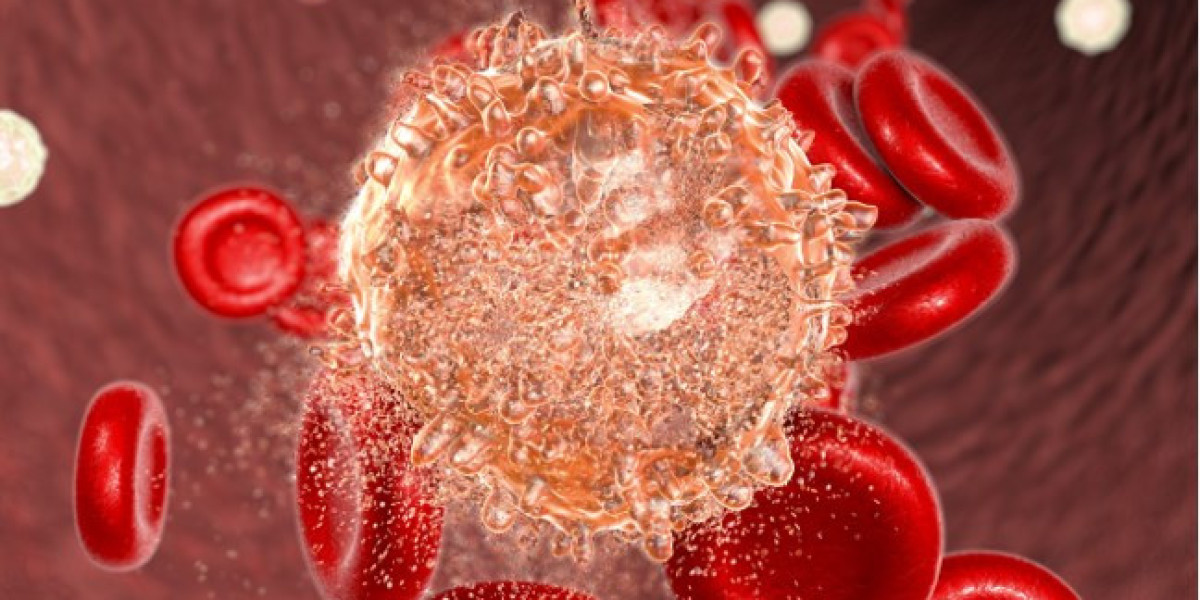1,2-Distearoyl-sn-glycero-3-phosphoglycerol sodium salt is a form of phosphatidylglycerol (PG), a minor component (1-2%) of most of cell membranes. It can be found at higher concentrations (up to 11% of the total lipid content) in lung surfactant. It is presence in amniotic fluid indicates fetal lung maturity and is the basis of clinical testing for fetal fitness. PG is also used by cells as an intermediate in cardiolipin synthesis. Bacterial membranes contain up to 20% of PG.
Phosphatidylglycerol (PG) is a phospholipid present in lung surfactants. PG is negatively charged due to the polar phosphate group. The overall molecule is also electronegative. Its basic structure is L-glycerol-3-phosphoric acid backbone with saturated or unsaturated fatty acids connected by ester bonds at the 1 and 2 positions, and glycerol and phosphoric acid form monoesters.
Complete Dissolution of Phosphatidylglycerol
Add a little water to the organic solvent such as methanol or ethanol used, about 0.1%~1% of the total solvent volume (the specific addition amount is subject to the experiment), and then with a high temperature (around the phase transition temperature) water bath ultrasonic to dissolve completely.
Advantages of Phosphatidylglycerol
- Negative charge on the surface of the particles prevents interparticle aggregation and makes the formulation more stable
- Negatively charged particles are easier to deliver across membranes
How to Get Phosphatidylglycerol
- Extraction
- Chemical synthesis
- Biosynthesis
Our Advantages
- Manufacturing process in compliance with GMP requirements
- High-quality lipid raw materials
- Strict quality inspection and quality control
- The most competitive price in the entire network


